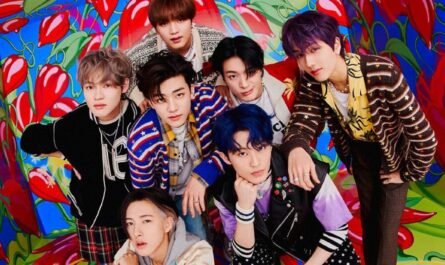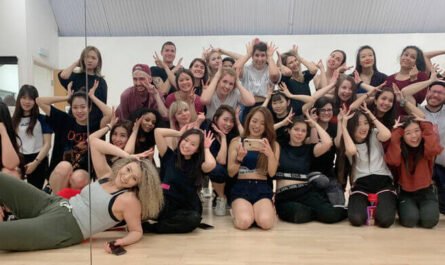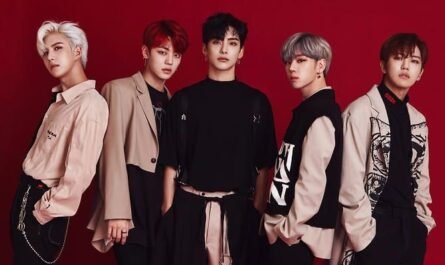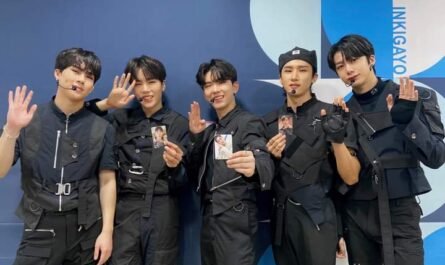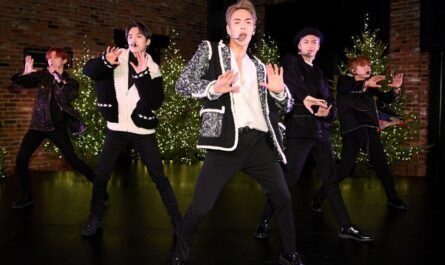When B.T.S. won the Billboard Music Award for Top Social Artist in 2017, they did more than crash the internet. Little did they know, they were waging war against Western standards of masculinity. The very next day, B.T.S. was trending stateside, with thousands of Americans fixated by the guys’ use of cosmetics and questioning their masculinity and sexualities.
While the Western world has been coming to grips with the gender binary under oppressive patriarchal rules more recently, South Korea has celebrated men and makeup on and off throughout history. Today, South Korean men purchase 20 percent of the world’s beauty products. The country may be composed of only 25 million men, but collectively, they consume over a billion dollars worth of cosmetics annually. So on the streets from Seoul to Busan, it’s normal to witness young men slathering their faces with compact cushion foundations, military guys buying sheet masks, or teens testing out red tints on their lips. For them, outward presentation and self-respect is the ultimate signifier of masculinity.
While South Korea may be a fine example of democratic beauty today, only three decades ago, wearing makeup as a man was considered taboo and was grounds for possible imprisonment for going against the country’s strict Confucianism.
The year is 1991, and twenty-two-year-old American-born K-pop star Yang Joon-il, seeking the success he knew he wouldn’t be able to achieve back in the U.S., performs onstage sporting an oversize printed jacket over a sleeveless black jumpsuit.
“My love, Rebecca,” he croons, sweat dripping from his asymmetrical hair down to his chin, eventually making its way to his bony clavicles. He slinks around the stage like a snake, rolling his body from side to side, his eyes hypnotic. He owns the scene and watching his videos today; it’s evident that the seductive Yang is the epitome of a K-pop star.
But the audience, instead of roaring with applause, hisses, boos, and throws food at him. What gives?
The country had spent the past three decades under the oppressive government of two authoritarian leaders, former presidents Park Chung Hee and Chun Doo-Hwan. Among Park’s many suppressive acts, he had imprisoned men for growing their hair out too long. After Park was assassinated in 1980, Chun led a successful military coup and took control of the government. Protests against martial law and political suppression broke out in May. In the city of Gwangju, Chun’s violent crackdown on demonstrators, many of whom were students, resulted in the deaths of nearly 200 people (the exact number is disputed). Chun eventually lifted military control and became the country’s president, though political suppression continued until 1988 when his term as president ended. One aspect that became popular was homegrown pop culture, a vehicle that helped provide moral support to many downtrodden South Korean youths. Unfortunately, it didn’t help Yang, whose unconventional look and Western style of music were still too far ahead of his time. Before he could even make a mark in music, South Korea turned its back on the singer, and he was forced to pack his bag and head back to the U.S., where he had immigrated at nine years old. However, his visa for reentry to Korea would be denied, and he settled in Florida, where he became a waiter. “I remember government officials telling me how embarrassed they were that I was Korean,” he recalled later on a talk show.
While Yang may have been too flashy, a band called Seo Taiji and Boys would change the course of youth culture only a year later. Seo, Yang Hyun-suk, and Lee Juno introduced South Korea to a fusion of hip-hop, pop, new wave, and new jack swing beats. Soon enough, the band, with their baggy pants, gelled hair, and wrong boy style, would be censored for being bad examples to young people. Nevertheless, the group still became countercultural inspirations and icons of their era.
Four years later, a band called H.O.T. (High-Five of Teenagers) debuted and surpassed Seo Taiji and Boys. They were handpicked by a producer named Lee Soo Man, who’d spent years studying youth culture and surveying young girls on what kind of idol they were looking for. Young people, disenchanted by the government and its stark, macho, aggressive portrayals of men, desired a gentler type of masculinity. As a result, the consensus was that their ideal heartthrob wasn’t only handsome, wholesome, and innocent but soft.
H.O.T. became a much-needed antidote to still hypermasculine Korean culture. Debuting with their saccharine first single, “Candy,” the new bubblegum-pop sound with pretty-boy good looks, “cutesy” attitudes, and colorful outfits helped solidify them as South Korea’s biggest pop culture icons ever.




